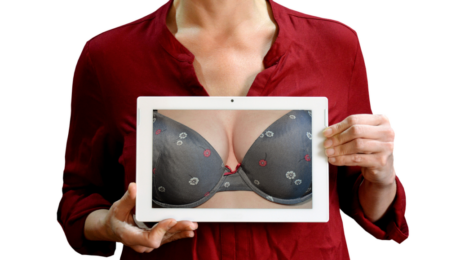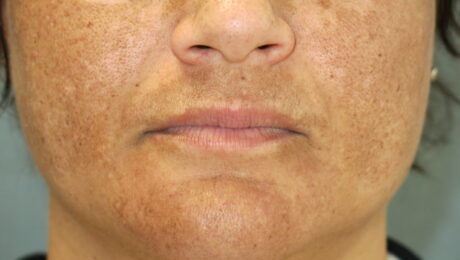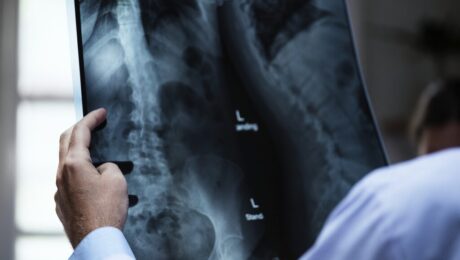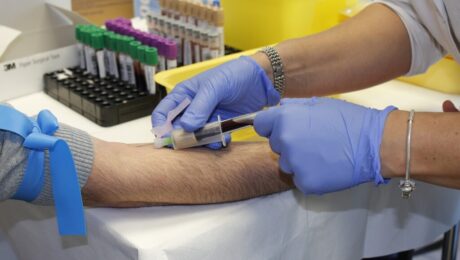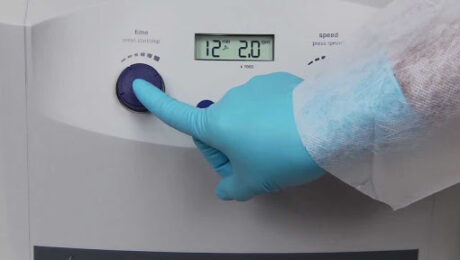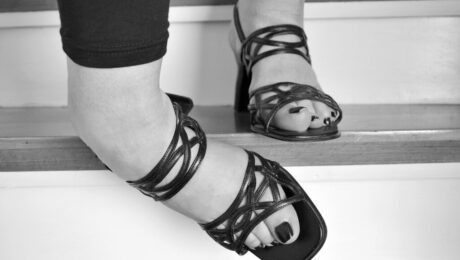Serial Entrepeneur
founder Global Stem Cells Group
“You start out happy that you have no hips or boobs. All of a sudden you get them, and it feels sloppy. Then just when you start liking them, they start drooping.” Cindy Crawford Just like men associate (some of) their masculinity with the shape and size of their muscles, women associate (some of) their
Platelet-Rich Plasma has a proven record for healing soft-tissues and other living tissues. But can it actually heal the bones itself? This could mean PRP, when applied to an affected area whether it’s an elbow joint or knee or back bone area, actually heals everything within it’s reach including the bones. Is that really why
To understand why stem cell platelet-rich plasma or co-transplantation of Adipose-derived mesenchymal stem cells and PRP, is such a remarkable idea in regenerative medicine, let’s spend a little time looking at the mechanics of PRP. Platelet-Rich Plasma’s Role As Repairmen The one thing that makes Platelet-Rich Plasma a hero in several fields (if not all)
Since it is a new science, many people are skeptical about Platelet-Rich Plasma, otherwise known as PRP. There are some studies out there that state that PRP work no better than a similarly administered placebo, but there are many other studies and doctors that claim that PRP works and works well. This also works well



